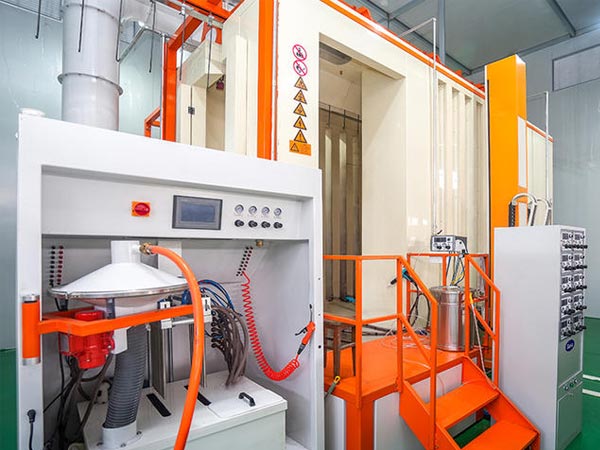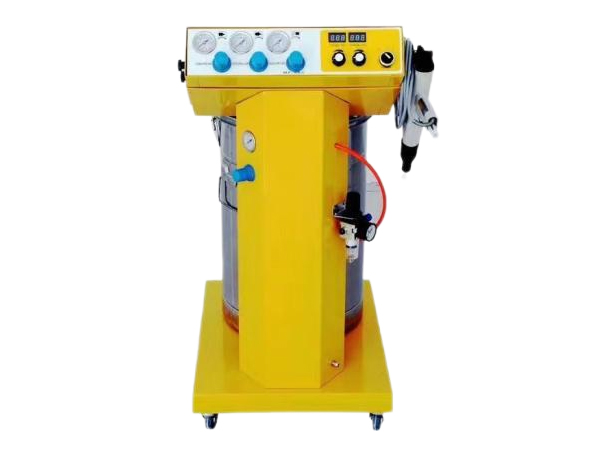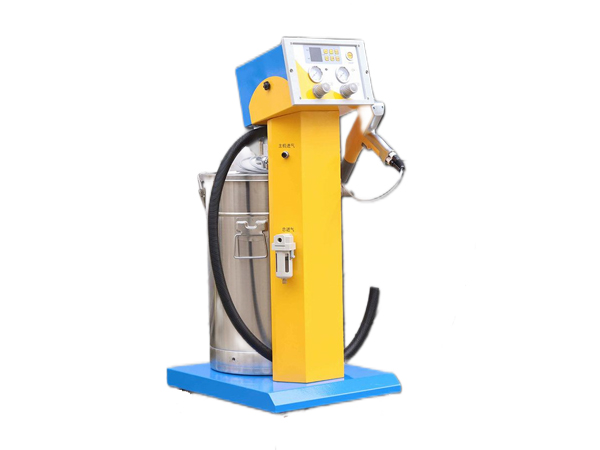Particle Occurrence in Powder Spraying Surfaces and Preventive Measures
COATOP Mechanical spraying equipment,In the realm of parts and component production, surface treatment stands as a prerequisite before their integration into practical applications. In the process of electrostatic powder spraying, the emergence of particles on surfaces presents a significant challenge, impacting both the production quality of the workpieces and subsequently impeding the smooth operation of mechanical equipment post-assembly.
Amidst the surface treatment of workpieces, the presence of spray particles not only mars the appearance but also jeopardizes the performance of the workpieces themselves. The existence of particles on the workpiece surfaces may usher in external moisture, gas, or corrosive agents into the workpiece substrate, instigating localized corrosion and thereby undermining the workpiece quality. Hence, it becomes imperative to mitigate surface particles during powder spraying to curtail product production costs and bolster production efficiency.

- Unmeltable Inclusions in the Powder
Pre-market assessment of powder particle size is essential, with screening serving as a swift and efficacious method. Additionally, manufacturers can furnish particle distribution data within the powder for user guidance. Conducting spray tests on sample substrates aids in gauging particle distribution.
- Lint-Generated Sand Accumulation
- Dust-Induced Particles
Airborne dust during the spraying process adheres to workpiece surfaces via static electricity, manifesting as particles. Unclean air serves as the chief source of these dust particles, which could originate from vehicle emissions or workshop cleaning activities. Dust reduction measures entail maintaining workshop seal integrity, establishing positively pressurized workshops, sustaining air circulation and filtration, ensuring indoor-outdoor pressure parity, and upholding workshop cleanliness to the utmost degree.
The curing oven plays a pivotal role post-spraying process. The presence of lint, dust, or other substances adsorbed onto workpiece surfaces during curing compromises surface quality. Within the curing oven, where air circulation and replenishment occur, minimizing activities near the air inlet and refraining from abrasive operations are advisable. Installing air outlet filters diminishes air convection, thereby reducing cold air influx, conserving energy, curbing air convection, and minimizing dust ingress.
- Powder Volatiles
Certain powder constituents volatilize into gas at curing temperatures, necessitating preventive measures at the oven mouth to counteract such particulate emissions.
- Workpiece and Rack Contaminants
Contaminants carried by workpieces and racks encompass rust on upper hanging rod portions, pre-processing residue on hanging fixtures and heads, residual paint from hanging fixture cleaning, iron filings adhered to magnetic hanging fixture blocks, and adhesive residues like tape or putty on repaired workpieces. These contaminants disperse at elevated temperatures, compromising oven environment integrity. Thus, stringent cleanliness protocols for hangers and workpieces are imperative, including flushing or cleaning new hangers prior to utilization.



